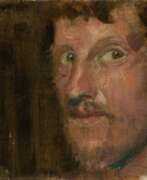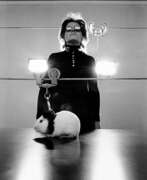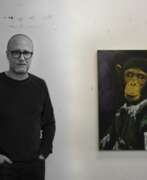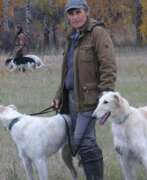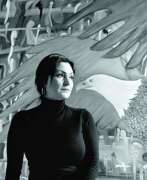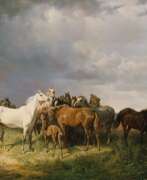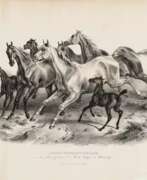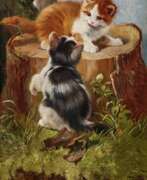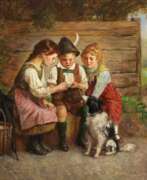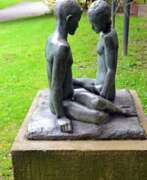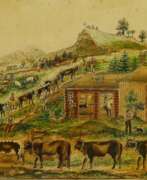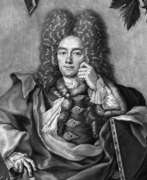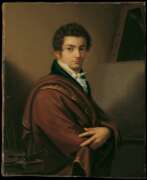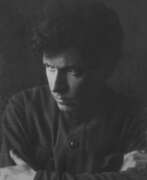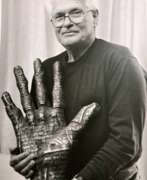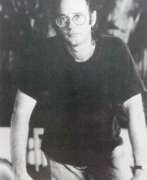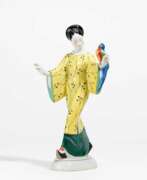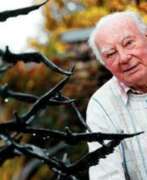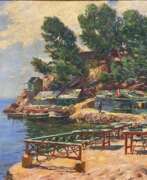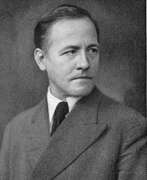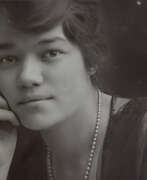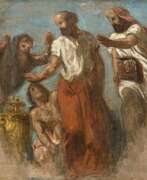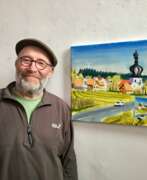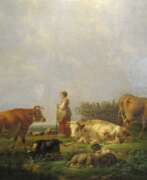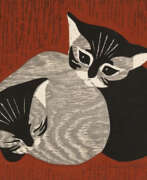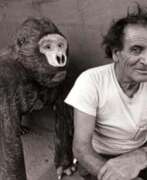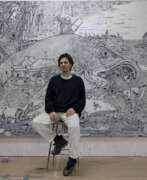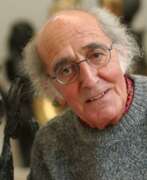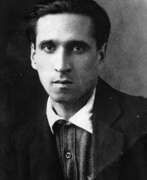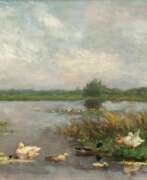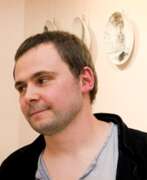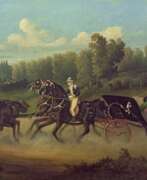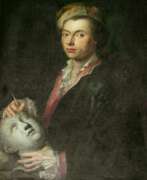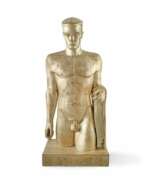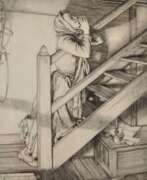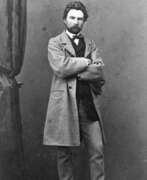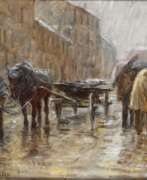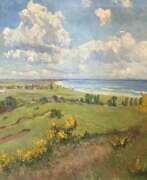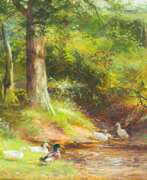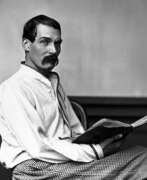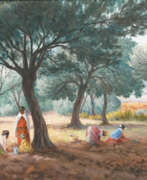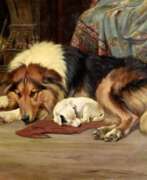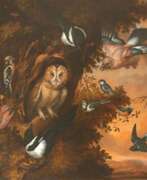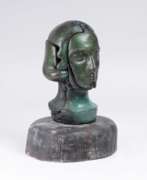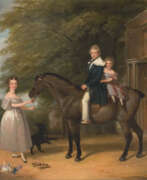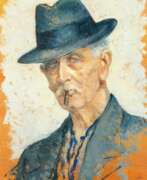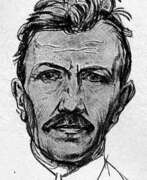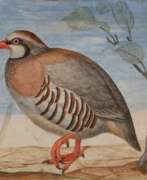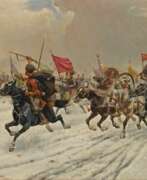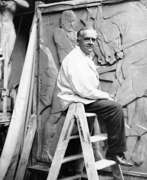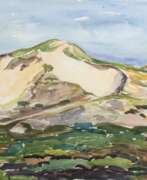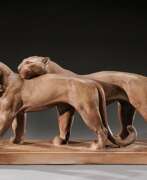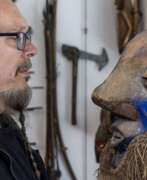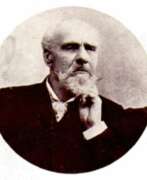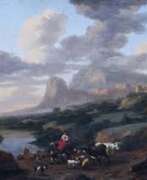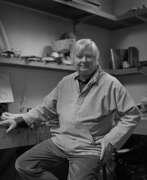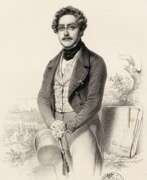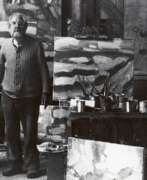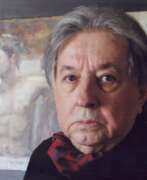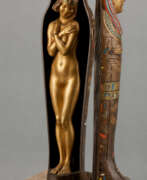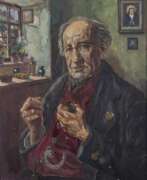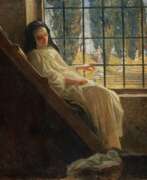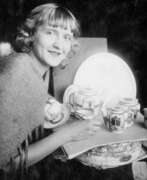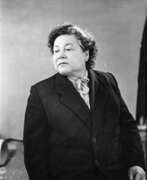Animalistic
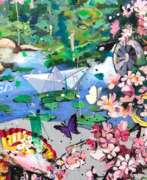

Angelo Accardi is a contemporary Italian artist. He grew up surrounded by both modern and traditional art. Although he studied fine art at the Art Academy of Naples, he never completed his training. Angelo Accardi illustrates surreal visions of everyday life under realistic backdrops of urban and natural landscapes. There is never a single meaning, but a whole story behind each painting. Ironic, striking, and playful, Accardi’s unique perspective and avant-garde style is a result of his diverse inspirations.
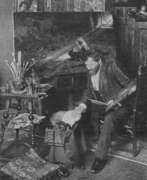

Julius Anton Adam was a German genre painter and animalist who specialised in the depiction of cats and was a member of an influential family of Munich painters.
Julius Anton Adam was a pupil of Professor Michael Echter and later Wilhelm von Dietz at the Munich Academy of Art. He later became a professor himself.
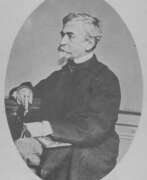

Benno Rafael Adam is a German animalist painter.
He began his fine art studies under the tutelage of his father, the balloonist painter Albrecht Adam. He masterfully depicted hunting dogs and horses, especially scenes of hunting wild animals. Benno Adam also illustrated several textbooks and manuals on livestock breeding.
Benno's son Emil Adam also became an artist.
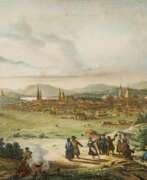

Jean-Victor Vincent Adam was a French painter and lithographer.
Adam came from a dynasty of artists and studied at the École des Beaux-Arts in Paris. He painted views of various cities, including Russian Kazan and Yekaterinburg, as well as battle scenes from Napoleon's military campaigns. Collections of images of French military costumes prepared by Adam were published. His genre paintings with hunting scenes and animals are also known.
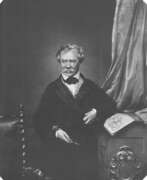

Albrecht Adam was a Bavarian painter of the first half of the 19th century. He is best known for the fact that as a member of Napoleon's Grand Army he took part in the campaign against Russia in 1812 as the official artist of the headquarters of the IV (Italian) Corps. Throughout the campaign, the artist made sketches and drawings, capturing many of the important events of the campaign. Later, many of these sketches became the basis for full-fledged paintings, and to subjects from the Napoleonic wars, which he witnessed, Adam addressed until the end of his very long life.
Albrecht Adam was also the author of memoirs, in which he described in detail the Battle of Borodino and a number of other key events of the War of 1812.
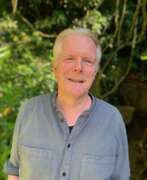

Richard Adams is a British artist and illustrator living and working in Sussex.
Adams received an honors degree in graphic design from Leicester Polytechnic and initially worked as an illustrator in London. Richard Adams creates all his paintings using chalk pastels, then fixes and impregnates with a special varnish that leaves an impenetrable surface. He depicts a variety of English landscapes and seashores, often inhabited by quirky characters and animals, as well as amusing domestic scenes. The artist successfully captures the humor and absurdity of everyday life in a bygone and contemporary English style.
Adams' work is regularly exhibited in London and other UK cities to great acclaim, and internationally in Sydney, Washington DC, Bremen and Madrid.
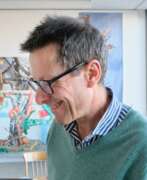

Urs Aeschbach is a Swiss media artist working in various techniques. Nature is always a pictorial theme in Urs Aeschbach's paintings. Her main characters are mushrooms, woody plants, animals, jellyfish, as well as dogs and horses. The artist's paintings are inspired by photographs and illustrations. In addition to paintings, Eschbach creates art and construction projects, video works, as well as constructions and installations.
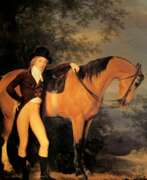

Jacques-Laurent Agasse is a Swiss animal painter.
As a young man he studied at the veterinary school in Paris and was well versed in equine anatomy. In 1880 he moved to London and began painting dogs and racehorses, as well as exotic animals such as giraffes and zebras, which he observed in London zoos. Later, Agasse began to paint landscapes, portraits, and genre scenes as well.
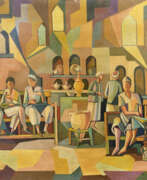

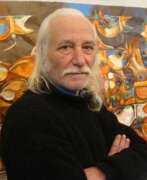

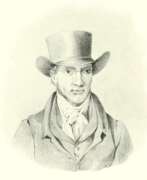

Henry Thomas Alcken was an English painter and engraver chiefly known as a caricaturist and illustrator of sporting subjects and coaching scenes. His most prolific period of painting and drawing occurred between 1816 and 1831.
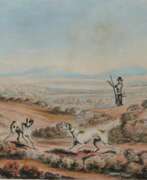

Samuel Alken the Elder was a British painter, printmaker and illustrator.
Samuel Alken studied at the Royal Academy School in London. In 1779 he published A New Book of Ornaments Designed and Engraved by Samuel Alken, and later established himself as one of the most distinguished engravers in the new technique of aquatint. Alken produced magnificent compositions of the British countryside, including moonlit night scenes. His works include engravings by George Morland, Richard Wilson, Thomas Rowlandson, and Francis Wheatley. In 1796 his plates of sixteen views of the lakes of Cumberland and Westmorland, after drawings by John Ames and John Smith, were published, and in 1798 a set of aquatint views of North Wales after drawings by the Rev. Brian Broughton.
His sons, Samuel Alken the Younger (1784-1824), Henry Thomas Alken (1785-1851) and Samuel Henry Alken (1810-1894) also became artists.
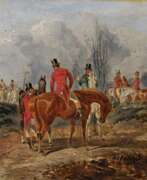

Samuel Henry Alken the Younger was a British painter.
Samuel Henry Alken was the son of Henry Thomas Alken (1785-1851) and grandson of Samuel Alken Senior (1756-1815). Like his father, he usually depicted equestrian sporting scenes, but did so in sets. The most famous of the sets of paintings by Henry Alken, Jr. is a depiction of hunting at Belvoir Castle.
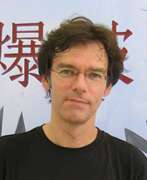

Andreas Amrhein is a contemporary german artist. His first verified exhibition was Arbeiten auf Papier „Blau“ at Galerie Michael Schultz in Berlin in 1994. Andreas Amrhein is most frequently exhibited in Germany, but also had exhibitions in Austria, China and elsewhere.
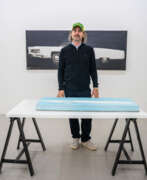

Joe Andoe is an American artist, painter, and author. His works have been featured in exhibits internationally and also numerous museums including the Denver Art Museum, the Detroit Institute of Art, the Museum of Fine Arts in Boston, and the Whitney Museum of American Art.
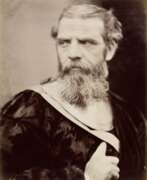

Richard Ansdell was a British painter of animals and genre scenes.
Ansdell's subject matter was compared to that of Edwin Landseer, though critical opinion was that, though popular, his works lacked the latter's emotional impact. His reputation was as a hardworking but occasionally over-proud artist; for instance, he received no royal commissions after refusing to paint Queen Victoria's dogs unless they were brought to his studio.
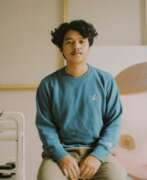

Roby Dwi Antono is a visual artist mainly creating surrealistic paintings as well as sculptures and prints. His work opens a portal to another universe where spaceships, aliens, dinosaurs and creatures with humanly features come together. These surrealistic creations that once lived only in Dwi Antono’s imagination come to life in a new realm on his canvas. Inspired by his childhood memories and love for Fiction movies, his paintings are left for the viewer to interpret.
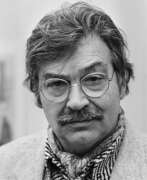

Christiaan Karel Appel was a Dutch painter, sculptor, and poet. He started painting at the age of fourteen and studied at the Rijksakademie in Amsterdam in the 1940s. He was one of the founders of the avant-garde movement CoBrA in 1948. He was also an avid sculptor and has had works featured in MoMA and other museums worldwide.
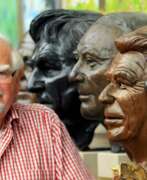

Kurt Emil Hugo Arentz was a German artist and sculptor, known for his numerous works in the different districts of the city of Leverkusen. Some of his works can also be found in the Nörvenich Castle in the Museum of European Art.
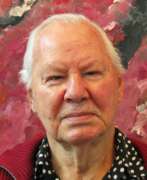

Armando, born Herman Dirk van Dodeweerd, was a Dutch painter, sculptor, poet, writer, violinist, actor, journalist, film, television and theater maker. Armando was his official name; his birth name, the pseudonym as he called it, no longer existed for him. He himself saw his work as «Gesamtkunstwerk», based on his experiences from the Second World War in the vicinity of Kamp Amersfoort.
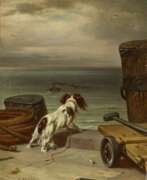

Carl Johann Arnold was a German painter, draftsman, and graphic artist.
He was the son and pupil of the designer and wallpaper maker, landscape and portrait painter, lithographer, and decorator Carl Heinrich Arnold (1793-1874).
He first studied at the Academy in Kassel and then went to Berlin. Carl Johann Arnold painted pictures of animals, canvases on historical events, and numerous portraits. In particular, he created many portraits of the German Emperor Wilhelm II, for which he was apparently appointed royal Prussian court painter. Arnold also produced drawings, etchings, and lithographs that were published in the popular magazines of the time.
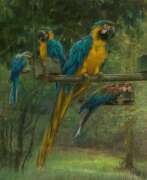

Berthe Constance Ursule Art was a Belgian still life painter. She was trained by Alfred Stevens and advised by Franz Binjé. Berthe Art exhibited her work at the Palace of Fine Arts and The Woman's Building at the 1893 World's Columbian Exposition in Chicago, Illinois. She became a member of the Brussels-based club called Cercle des Femmes Peintres which was active 1888–1893. They were the Belgian equivalent of the French Union des Femmes Peintres et Sculpteurs. She began a Brussels gallery in 1911 together with some friends from the (by then defunct) Circle of Women Painters. The gallery was called the Galerie Lyceum.
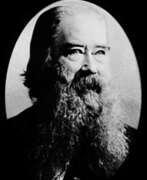

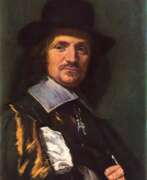

Jan Asselijn, known by his nickname Little Crab (Crabbetje, Krabbetje), was a French and Dutch painter of the Golden Age of Dutch painting.
As a child, Asselijn moved with his family from France to Amsterdam, studied and lived in Italy, where he became a member of the artists' society "Migratory Birds". And he received the nickname Crabbetje because of his physical features - small stature and a damaged arm.
Asselijn painted mainly scenes of horses, cavalry attacks and battles. His works also include genre works, landscapes and animals. Asselijn's most famous painting in this genre is The Frightened Swan, although it is also attributed allegorical meaning.
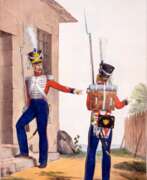

Charles Aubry was a French painter, illustrator and caricaturist who worked in Saumur from 1810-1840.
From 1817. Aubry made drawings and illustrations of military costume. He was soon recognized as one of the best lithographers and draughtsmen of military scenes, showing a particular talent for depicting cavalry. Charles Aubry's colored lithographs were published in a publication on the uniforms of the Swiss Royal Guard (Collection des Uniforms de l'Armee Francaise, 1823), as well as caricatures in the Comic Album de Pathologie (1823).
In 1822 Charles Aubry was appointed professor of art at l'Ecole Militaire de Saumur.
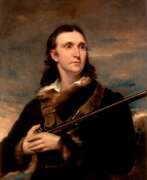

John James Audubon was a French-American ornithologist and painter, renowned for his groundbreaking illustrations of American birds. Born in 1785 in Les Cayes, Saint-Domingue (now Haiti), Audubon is remembered for his keen observation skills and innovative artistic techniques.
Audubon's most famous work, "The Birds of America," transformed the field of ornithology by presenting birds in lifelike poses and detailed backgrounds. Published between 1827 and 1838, it contained 435 hand-colored engravings, showcasing over 489 bird species. His unique approach to illustrating birds in their natural habitats was a departure from traditional methods, which often portrayed birds in rigid poses.
Audubon used a wire armature to position freshly-killed specimens, allowing him to depict birds with a sense of movement and vitality. This innovative technique was truly revolutionary and set him apart from his contemporaries. Additionally, Audubon's artistic skill and attention to detail made his illustrations highly sought after, with surviving copies of "The Birds of America" considered valuable collectibles today.
For art collectors and enthusiasts, Audubon's work continues to be a source of inspiration and admiration. His legacy endures through his contributions to ornithology and the art world, with museums and galleries showcasing his work. If you're interested in learning more about John James Audubon and his famous illustrations, consider subscribing to our newsletter for updates on new product sales and auction events related to his work.
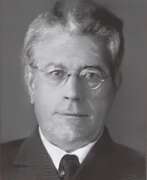

Vsevolod Grigorievich Averin (Russian: Всеволод Григорьевич Аверин) was a Ukrainian Soviet graphic artist and book illustrator. He was one of the most important Ukrainian animal painters of the first half of the 20th century, incorporating avant-garde techniques into his work.
Averin worked in book and easel graphics, especially lithography, as well as portrait and landscape painting. He illustrated many well-known works, including the Atlas of Human Anatomy and a novel by M. Twain. His work was characterised by an exquisite style and harmonious design, and his estate includes some 300 bindings, 3,000 illustrations and 90 posters.
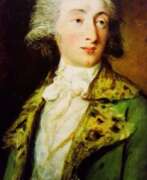

Carl Daniel David Friedrich Bach was a German artist of the late eighteenth and early nineteenth centuries, the Baroque period. He is known as a painter, graphic artist and printmaker.
Bach worked in the historical genre, was a portraitist, animalist, created canvases on allegorical subjects in the spirit of his era. In his works he combined elements of baroque and classicism. The artist often worked in the etching needle technique.
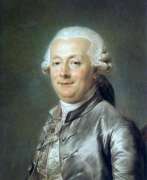

Jean-Jacques Bachelier was a French painter and innovator of porcelain and a member of the Royal Academy of Painting and Sculpture.
Originally a still-life painter, he later became world-renowned for his significant contributions to applied art. In 1765, Bachelier founded an art and crafts school in Paris with his own funds. He was in charge of the painters at the porcelain manufactory in Vincennes, where figures were produced from unglazed porcelain - biscuit. For many years Bachelier was the Director of Sevres porcelain manufactory and in fact became the creator of the Sevres style.
Bachelier also conducted research on encaustic painting (a painting technique in which the binding substance of paints is wax) and published works on art education.
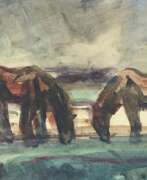

Unica Bachmann-Calcoen (Dutch: Unica Bachmann-Calcoen) was a German-Dutch artist who worked with portraits and depictions of animals, especially horses. She was a pupil of Marie de Jonge (1872-1951) and Martin Monnickendam (1874-1943).
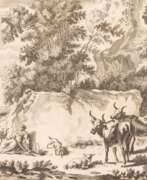

Elias Baeck called "Heldenmuth", was a German painter and engraver from Augsburg. Baeck worked for some time in Rome, then in Laybach, but finally returned to Augsburg, where he died in 1747. His chief works — both in painting and engraving — were portraits and landscapes. His engravings are sometimes signed "E.B.a.H.", standing for "Elias Baeck, alias Heldenmuth".
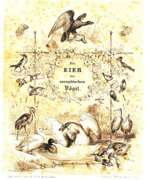

Friedrich Baedeker, full name Friedrich Wilhelm Justus Baedeker or F. W. J. Baedeker, was a German pharmacist, bird egg collector and bird illustrator.
In addition to his work as a pharmacist, Baedeker had a passion for ornithology and was a good artist. His 774 watercolors are known, depicting some 386 European birds. In time, Baedeker became widely known as an ornithologist and zoologist, and his huge collection included about 4,000 eggs of various European and exotic birds.
Baedeker joined the Deutsche Ornithologen-Gesellschaft (German Society of Ornithologists) in 1851, shortly after its founding, and published several books on birds. One of these was Die Eier der europaeischen Voegel nach der Natur gemalt ("The Eggs of European Birds Drawn from Nature").
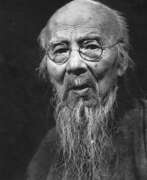

Qi Baishi was a Chinese painter, noted for the whimsical, often playful style of his works. Born to a peasant family from Xiangtan, Hunan, Qi taught himself to paint, sparked by the Manual of the Mustard Seed Garden. After he turned 40, he traveled, visiting various scenic spots in China. After 1917 he settled in Beijing. Some of Qi's major influences include the early Qing dynasty painter Bada Shanren (八大山人) and the Ming dynasty artist Xu Wei (徐渭).
The subjects of his paintings include almost everything, commonly animals, scenery, figures, toys, vegetables, and so on. He theorized that "paintings must be something between likeness and unlikeness, much like today's vulgarians, but not like to cheat popular people". In his later years, many of his works depict mice, shrimp or birds. He was also good at seal carving and called himself "the rich man of three hundred stone seals" (三百石印富翁). In 1953, he was elected president of the China Artists Association (中國美術家協會).
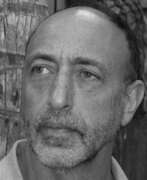

Roger Ballen is an American and South African photographer who lives and works in Johannesburg.
Roger Ballen studied psychology at the University of California, Berkeley, and this specialty helps him to better comprehend and study the world around him. Travels around the world brought him to South Africa, which has become his new home.
Ballen is one of the latest photographers to shoot exclusively in black and white, approaching forms of minimalism.
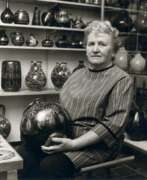

Elfriede Balzar-Kopp is a German ceramic artist.
She trained at the state ceramics engineering workshop in Höhr, worked in Karlsruhe at the State Maiolica Manufactory, and founded her own pottery workshop in Höhr in 1927.
Elfriede Balzar-Kopp initially focused on local Baroque vessels in her work and combined them with other styles. Her unique ceramic animal figurines, jugs, and genre scenes are sought after by collectors, and many of the objects she created adorn galleries around the world. Her son Heiner Balzar (born 1937) is one of the outstanding ceramic artists of the second half of the 20th century.
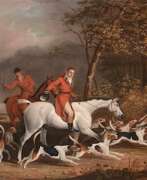

James Barenger is a British animal artist and illustrator.
He was born James Barenger Sr. James Barenger was a metal chaser and naturalist painter. Barenger specialized in depicting horses, dogs, and other animals, as well as noblemen's hunting scenes, which were consistently successful in the 19th century.
Barenger's patrons included the Duke of Grafton, the Marquis of Londonderry and the Earl of Derby. The artist produced entire series of prints depicting hunting, shooting, bullfighting and horse racing, which were published in sporting publications.
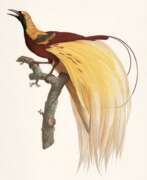

Jacques Barraband was a French zoological and botanical illustrator, renowned for his lifelike renderings of tropical birds. His pictures were based on mounted specimens and his illustration was considered the most accurate ones made during the early 1800s.
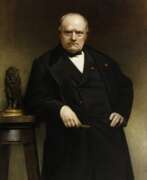

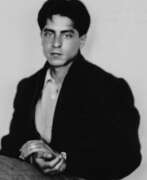

Mirko Basaldella is an Italian and American sculptor and artist.
Born into a creative family, he displayed his talent from a young age and participated in the Italian Biennale. In 1957 Basaldella moved to Cambridge, Massachusetts, and was elected a Fellow of the American Academy of Arts and Sciences in 1962.
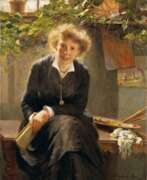

Jeanne Bauck, full name Jeanna Maria Charlotta Bauck, was a Swedish-German artist.
She studied painting in Dresden and Düsseldorf with the best teachers of the time. Later in Munich, Jeanne met the artist Berthe Wegmann, who became her friend. The emancipated women painted portraits of each other and exhibited their work in the Paris Salon. In 1882 Bauck opened a school for women artists in Munich and along with teaching painted landscapes, children's portraits.
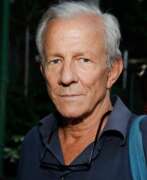

Peter Hill Beard was an American artist, photographer, diarist, and writer who lived and worked in New York City, Montauk and Kenya. His photographs of Africa, African animals and the journals that often integrated his photographs, have been widely shown and published since the 1960s.
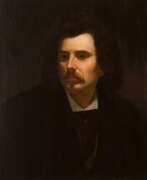

William Holbrook Beard was an American artistic painter who is known best for his satirical paintings of beasts performing human-like activities.
Beard was a prolific artist. His humorous treatment of bears, cats, dogs, horses and monkeys, generally with some human occupation and expression, usually satirical, gave him a great vogue at one time, and his pictures were much reproduced.
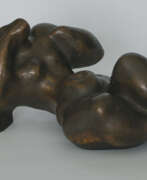

Curt Beckmann is a German painter and sculptor.
He studied at the Düsseldorf State Academy of Art, was a member of the Rhine Secession, Das Junge Rheinland, was a member of the Malkasten Association of Artists, the Association of West German Artists and the Association of German Artists.
Beckmann's work is distinguished by the contemplative quality of the female nude bodies. He gradually moved from naturalistic figures to an almost abstract expressionist representation of them.


Fritz Behn, full name Max Adolf Friedrich Behn, is a German sculptor and graphic artist who became famous primarily for his sculptures of African animals. He studied at the Munich Academy of Fine Arts.
Fritz Behn was a member of the Munich Secession.
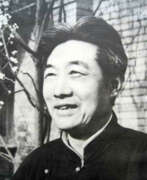

Xu Beihong (Chinese: 徐悲鴻; Wade–Giles: Hsü Pei-hung; 19 July 1895 – 26 September 1953), also known as Ju Péon, was a Chinese painter.
He was primarily known for his Chinese ink paintings of horses and birds and was one of the first Chinese artists to articulate the need for artistic expressions that reflected a modern China at the beginning of the 20th century. He was also regarded as one of the first to create monumental oil paintings with epic Chinese themes – a show of his high proficiency in an essential Western art technique. He was one of the four pioneers of Chinese modern art who earned the title of "The Four Great Academy Presidents".


Mauro Bergonzoli is an Italian artist living and working near Munich.
Mauro showed a talent for drawing early on and found work quite quickly in advertising agencies in Milan. This was followed by a 25-year career as a creative director in commercial and animated films. It was only after that that Bergonzoli turned to pure art.
Bergonzoli is best known for his contemporary "canaletto-sketch" interpretations of Venice. In his signature neo-pop style, he shows the ancient trading city in all its splendor and splendor. The artist uses mostly acrylic paints, and his favorite chips - the all-seeing eye and the magic rabbit - give a twist to his creations.
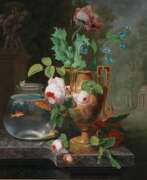

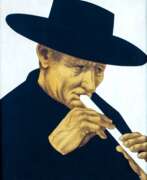

Arne Besser is a contemporary American artist. He received training as an artist at the Art Center School, Los Angeles. There he studied with John Audubon Tyler and Lorser Feidelsson. Beser’s approach to Photo-Realism is to draw from the urban landscape and nature a succinct “set like” image of reality. His city scenes depict New York street life alive with trading and traders, prostitutes and junkies looking for a fix. These visual images iconify the underside of urban life in a way that elevates this point of view to an almost mythic level.
